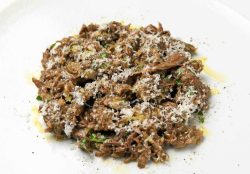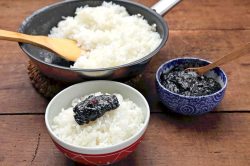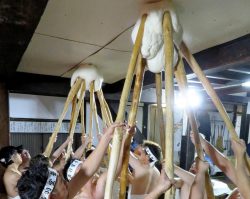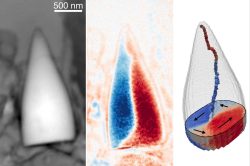Japanese Seaweeds from Certain Regions Being Eaten More Widely, Used in Bread and Chocolate

Clockwise from center, Ramen noodles, a drink made from tosaka nori seaweed and shiso leaf, and a dessert of anmitsu with mirin seaweed, served at an event in Tokyo in October
15:00 JST, November 24, 2024
Seaweed is an essential ingredient in classic Japanese dishes, such as miso soup and simmered vegetables. In the past, some seaweeds were only consumed in certain regions, but they are now being eaten more widely. The way seaweed is enjoyed is also changing: It is now being used in bread and chocolate.
In early October, an event was held at Nihombashi Mitsukoshi Main Store in Chuo Ward, Tokyo, to introduce the appeal of various seaweeds. Customers were seen enjoying ramen topped with generous portions of five kinds of seaweed.
The five were the crunchy waka hijiki, mirin, which has a firm texture, reddish tosaka nori, which becomes gooey when cooked, suji aonori, which releases an aroma in the steam of hot soup, and atsuba aosa, which enhances the flavor of dishes with its unique bittersweet taste. The five seaweeds, which were cooked to retain their texture and taste, are types whose stocks are declining or that are usually only eaten in certain regions.
Many customers were surprised to try unfamiliar seaweeds. “I had never tried some of the seaweeds before. But I enjoyed their texture,” a 45-year-old female company employee from Tokyo said.
Kochi Prefecture-based start-up Sea Vegetable Co. provided the seaweed for the event. Established in 2016, the company succeeded in mass-producing suji aonori seaweed in the prefecture, which had sharply declined, through land-based farming.
The company then increased the stock of mirin seaweed through marine farming. The seaweed, which had been popular in some parts of southern Kyushu, had sharply declined.
Sea Vegetable has been involved in the cultivation of more than 30 kinds of seaweeds in various areas. The firm also sells products such as dried tosaka nori seaweed, easy to use at home, and waka hijiki, or rare domestic young hijiki seaweed, online.
Both the production and consumption of seaweed are declining. Consumption of seaweed in Japan fell to about 110,000 tons in fiscal 2022 from about 210,000 tons in fiscal 1992 due to changes in eating habits and other reasons, according to statistics by the Agriculture, Forestry and Fisheries Ministry.
Seaweed production also decreased by as much as 70% in 30 years to about 60,000 tons in 2022. This was due to reasons such as rising sea temperatures and damage caused by sea urchins, which eat seaweed.
“Increased seaweed demand and a subsequent increase in sea-based seaweed cultivation will expand seaweed beds where fish live, leading to more profound sea resources,” said Daisuke Okada, a seaweed cooking expert who develops products for Sea Vegetable.
Used in bread, chocolate
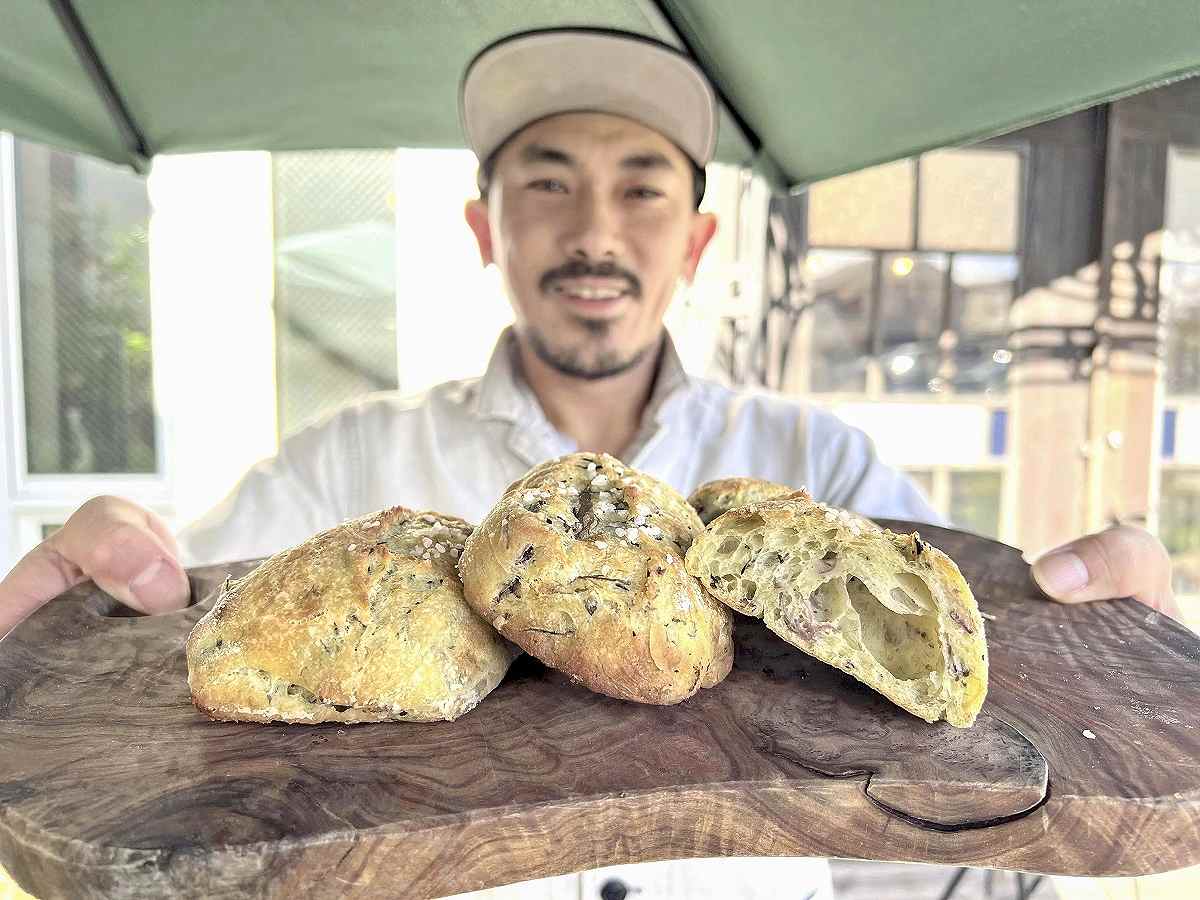
Pain rustique that contains various kinds of seaweed
Bread It Be, a bakery in Kamakura, Kanagawa Prefecture, sold Nagisa no ryusutikku, or rustique hard bread made by mixing tosaka nori and two other kinds of seaweed. The taste of the seaweeds and rock salt creates an appetizing bread.
“The flavor of the bread stands out more when toasted. It’s also good as a snack with alcohol,” shop owner Ryota Morita said.
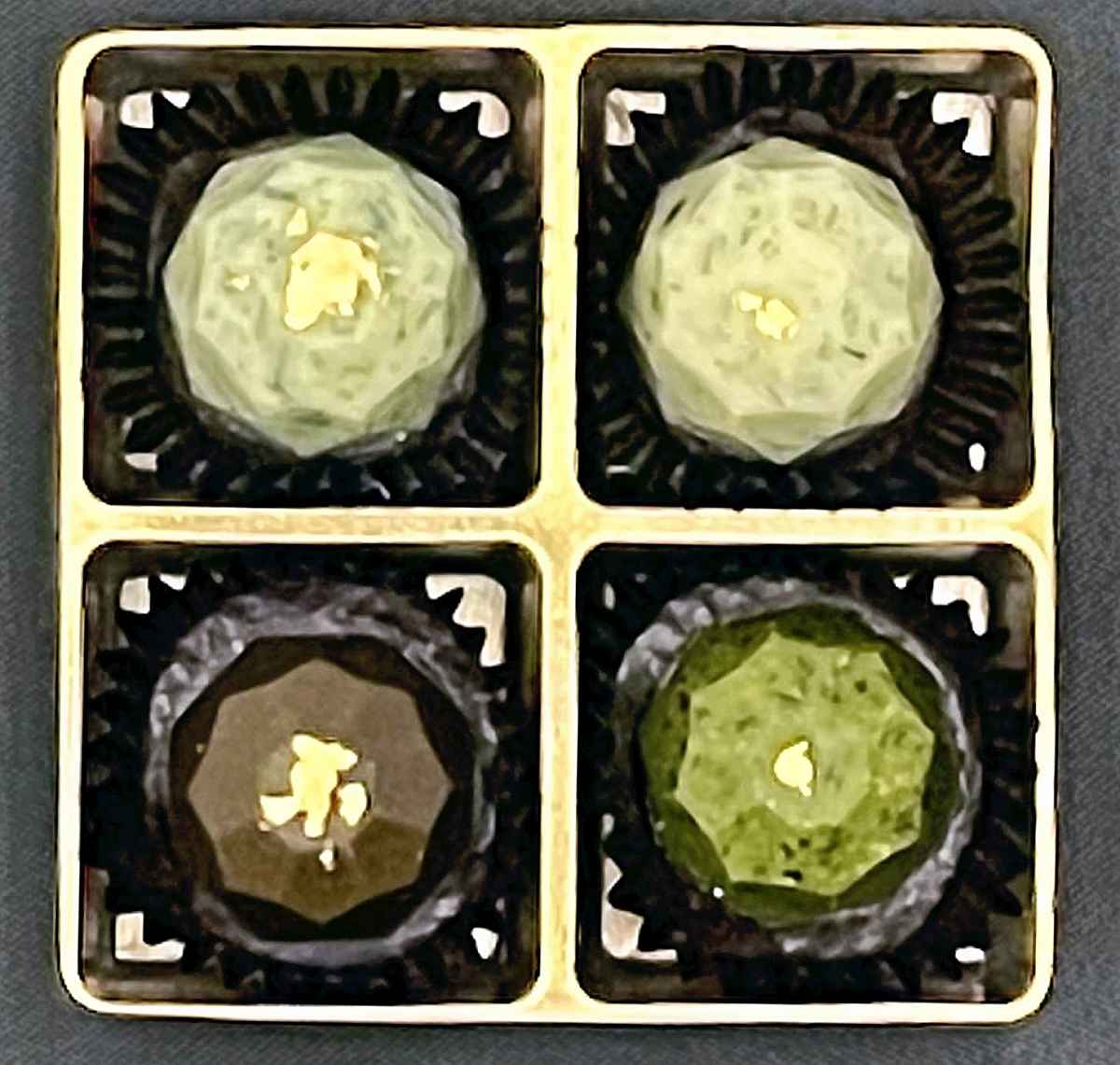
The two chocolates in the top half of the box contain suji aonori seaweed.
Minamiise Marine Bio Co., which operates land-based seaweed farming in Mie Prefecture, will start taking orders for its Chao, chocolate sold only in the winter, in mid-November in time to deliver for Valentine’s Day. The product, made with white chocolate and suji aonori seaweed, is slightly salty and costs ¥1,150.
Hakodate-based Nomura Suisan Co. makes use of seaweed not previously consumed as food in Japan. Dulse, which grows in Pacific coastal areas of Hokkaido, Tohoku and other regions, is regarded as a nuisance as it grows on places such as kombu kelp cultivation ropes. But the company emphasizes the fact that it is considered to be a highly nutritious food in the United States and European nations.
In 2017, the company launched dulse tsukudani. The Tsukudani, a dish in which foods are simmered in soy sauce and other ingredients, is seasoned simply but leaves a strong taste of the ocean in the mouth.
“In order to get more people to eat seaweed, it is important to propose a new food culture by cooking seaweeds from various regions with various ingredients or using them in various dishes, rather than just simply enjoying well-known kombu or nori in a traditional way,” Okada said.
1,500 species in Japan
There are about 13,000 known species of seaweed in the world, including 1,500 that grow in Japan, according to Taiju Kitayama, who studies seaweed at the National Museum of Nature and Science’s botanical research department in Tsukuba, Ibaraki Prefecture.
About 30 of the 1,500 species are distributed nationwide as food, and there are few countries where seaweed is eaten as much as in Japan, Kitayama said.
Recent technological innovations in cultivation and preservation have led to the spread of eating regional seaweed. Akamoku seaweed, traditionally eaten mostly in coastal areas of the Sea of Japan, has been drawing attention, for instance.
“With new species still being discovered, the world of seaweed is really profound,” Kitayama said. “It is also possible that new seaweed dishes will spread from local regions and attract attention. Eating seaweed will also lead to improved human health and the preservation of marine environment.”
"Features" POPULAR ARTICLE
-

Autumn Foliage Reaches Peak Season at Korankei in Aichi Prefecture
-
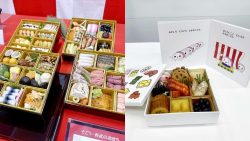
Japan’s Osechi Meals See More Value Offerings as Customers Struggle with Rising Prices
-
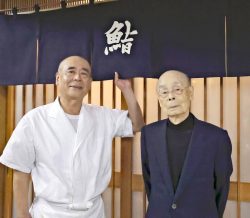
Legendary Sushi Chef Jiro Ono Turns 100: ‘I Have No Regrets’
-

Autumn Foliage Surrounds Visitors to Tokyo’s Showa Kinen Park
-
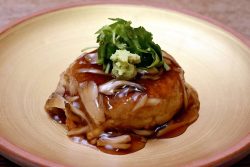
Japanese, Western Flavors Blend in Satoimo Taro Cheese Dumplings; Versatile Seasonal Staple Served with Savory Sauce
JN ACCESS RANKING
-

Govt Plans to Urge Municipalities to Help Residents Cope with Rising Prices
-

Japan Prime Minister Takaichi Vows to Have Country Exit Deflation, Closely Monitor Economic Indicators
-

Japan to Charge Foreigners More for Residence Permits, Looking to Align with Western Countries
-

Japan GDP Down Annualized 1.8% in July-Sept.
-

Essential Services Shortage to Hit Japan’s GDP By Up to ¥76 Tril. By 2040


